Mike Yardley puts the rather special Guerini Essex to the test, and finds a gun for life!
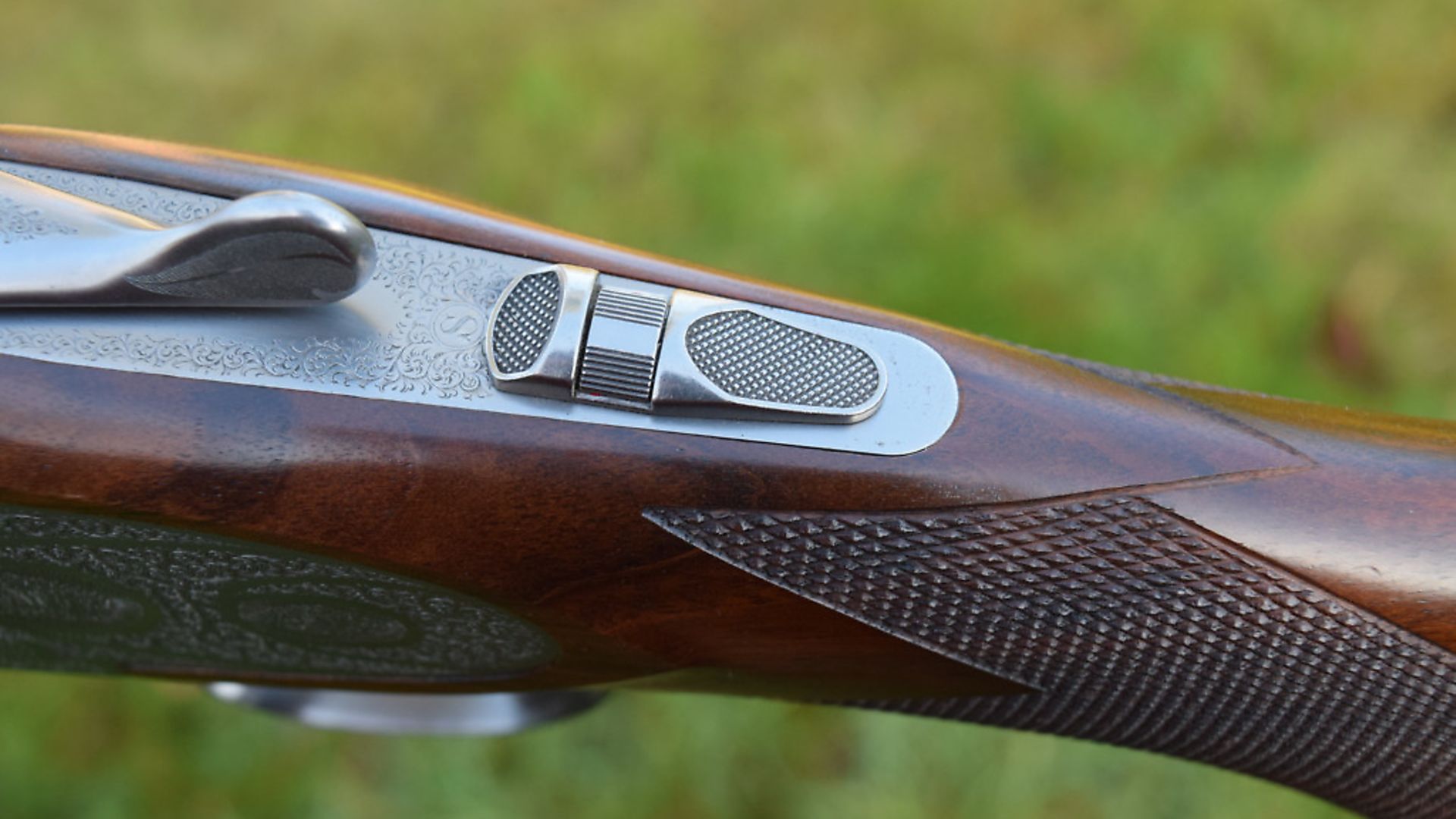 credit: Archant
credit: Archant
IN BRIEF
WE LIKE: The form of the gun; The quality of finish; The value offered
WE DON’T LIKE: Nothing of significance, though 1 ½ and 2” would be my call for a standard drop measurement rather than 1 3/8 and 2 1/4”+
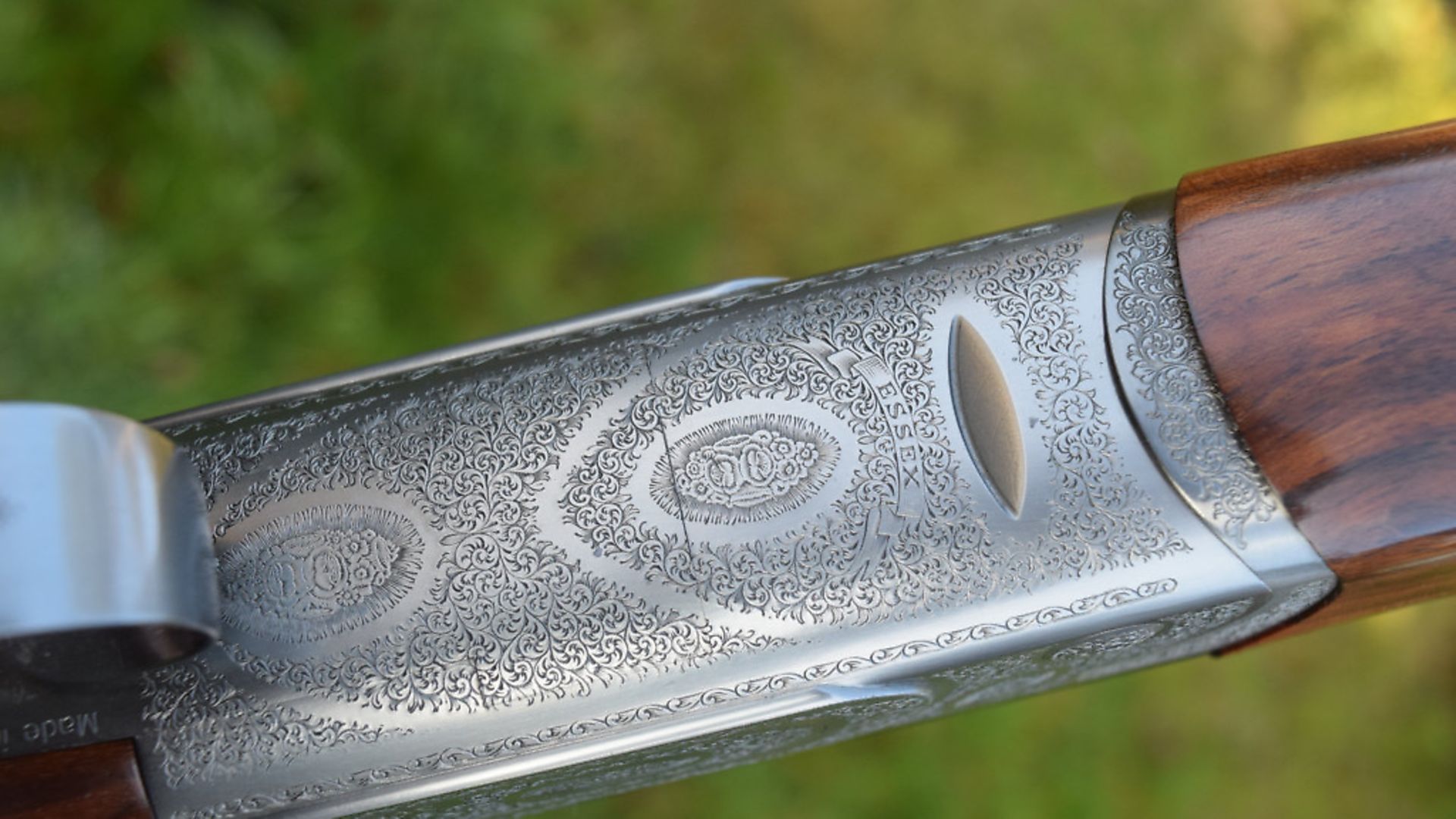 credit: Archant
credit: Archant
TECH SPECS:
Make: Guerini
Model: Essex (officially discontinued but you may find some on dealer’s shelves)
Bore: 20 (12-bore option)
Barrels: 28 and 30” as tested (the guns were also offered with a 32” option)
Chamber: 3” (76mm)
Rib: 10-8mm ‘solid’ taper
Chokes: Multi, 5 supplied
Weight: 7lbs approx
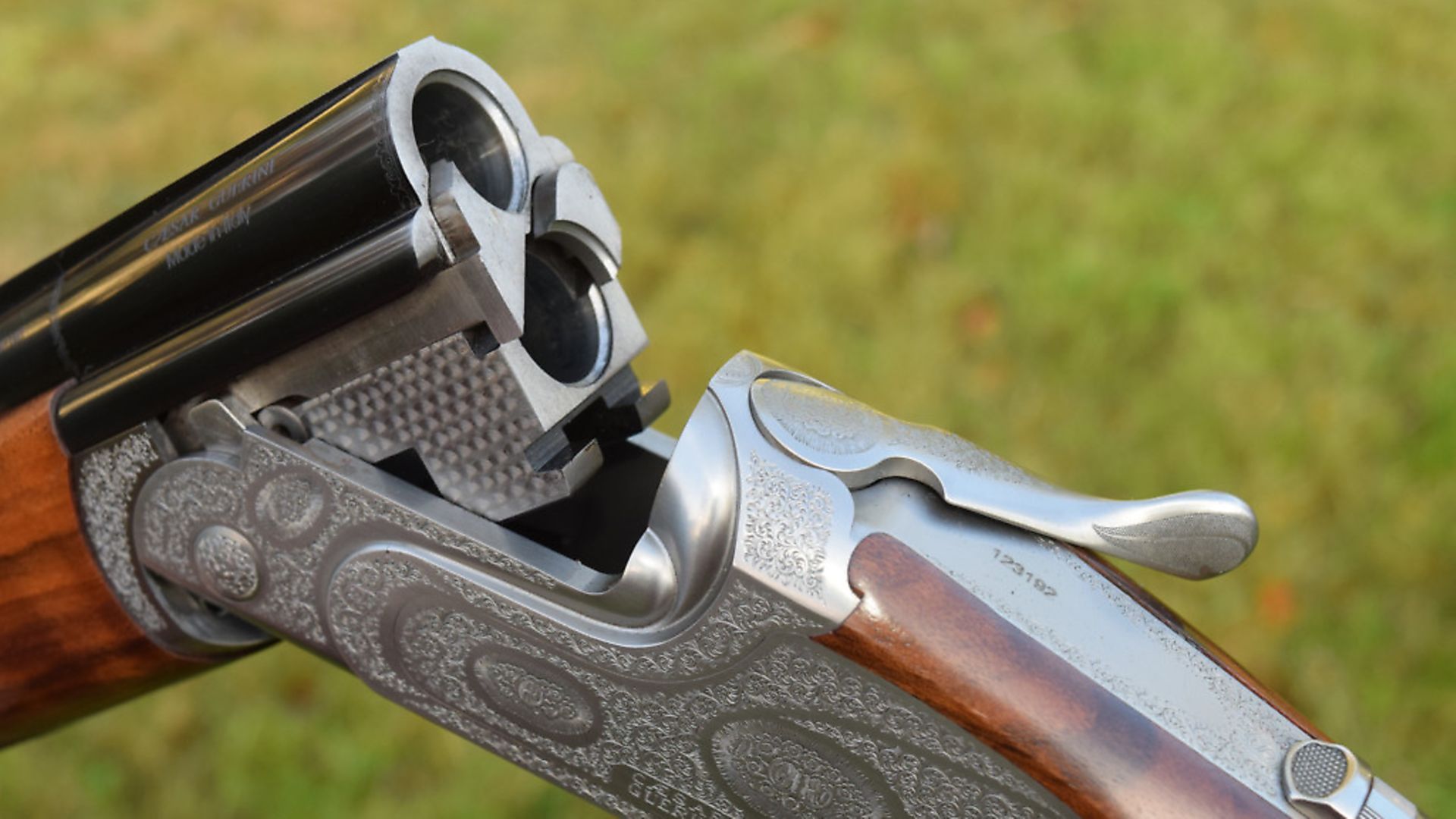 credit: Archant
credit: Archant
RRP: I would expect to pay in the region of £2,500 for one of these discontinued guns. They retailed, I believe, at £3,250.
My thanks to Lyalvale Express who supplied the cartridges for this test
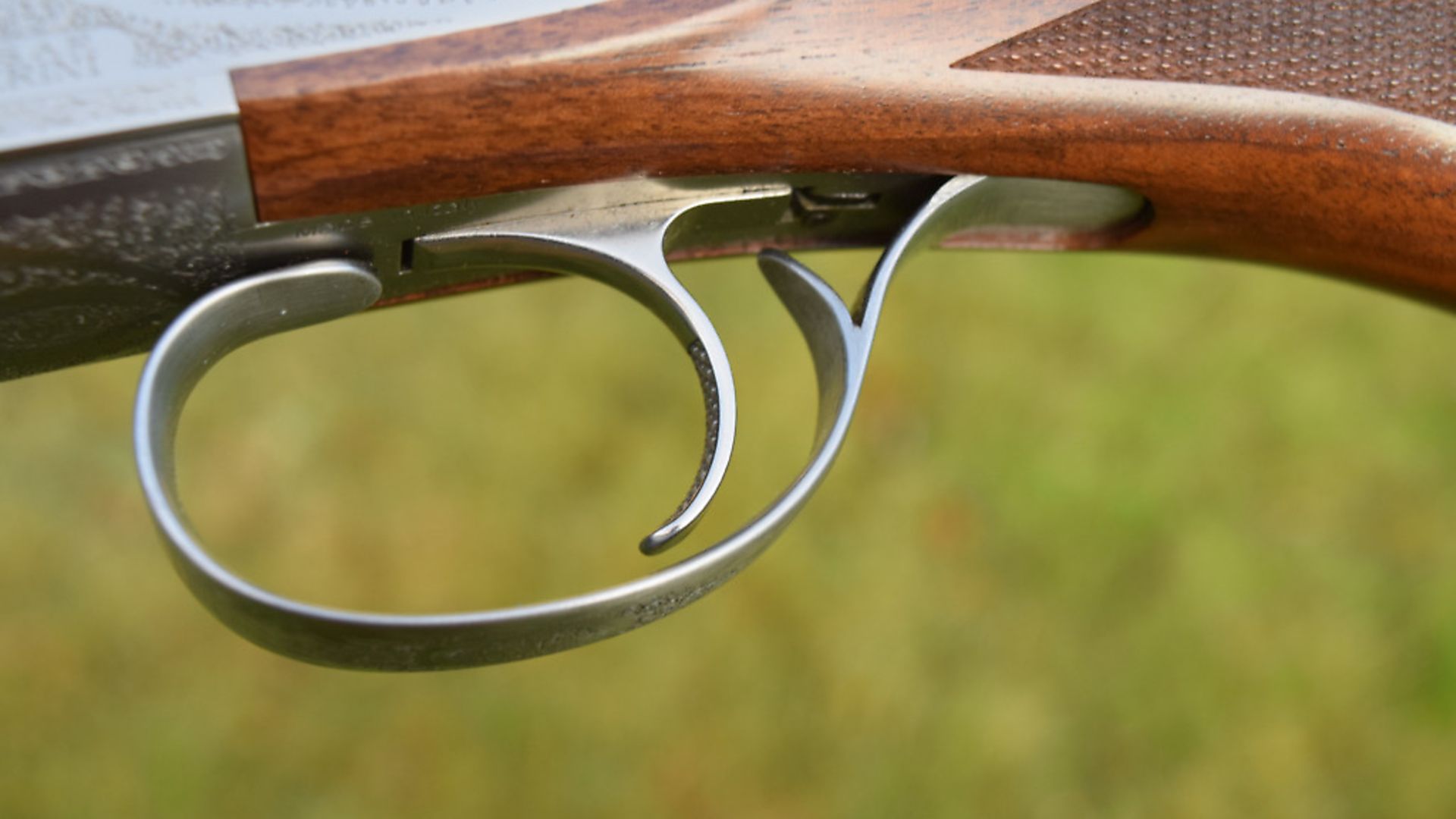 credit: Archant
credit: Archant
IN DEPTH
This month’s test is a little different. It concerns my Christmas present to myself! What is it, you ask? A new Guerini Essex 20-bore with 28” and 30” barrels.
I thought it might be interesting to tell you about the sort of gun I buy and shoot myself, and the sort of simple modifications I might make. Meanwhile, I already use a pair of 32” Guerini Maxum 20-bores. They’ve served me brilliantly and have been my go-to game guns for driven work for years.
For the record, I also shoot a Webley side-by-side pigeon gun, and my Beretta 303 semi-autos. I have owned more ritzy guns, including a pair of Purdeys and a Purdey pigeon gun, but I am very happy with my working battery now. I do have a couple of posh hammer guns still – I keep them for high days and holidays and the odd specialist competition. For most of my shooting, though, I use the 32” Guerinis, the Webley (a copy of Percy Stanbury’s) and, most frequently, the good ‘ol 303s. I parted company with an excellent KM4 simply because I didn’t use it, although I still think it one of the best sporters ever in 32”, well-sorted form.
So, why the new Guerini? Because I wanted to get something with shorter barrels for walking-up – which I am doing more of – and specifically for woodcock which I may be shooting with a mate in Northern Ireland by the time you read this. I must confess to also buying a lovely little Beretta Parallelo recently for similar purpose, but this little Guerini stack-barrel came along and was too good an opportunity to miss, especially as it is an all-rounder and well suited to travel.
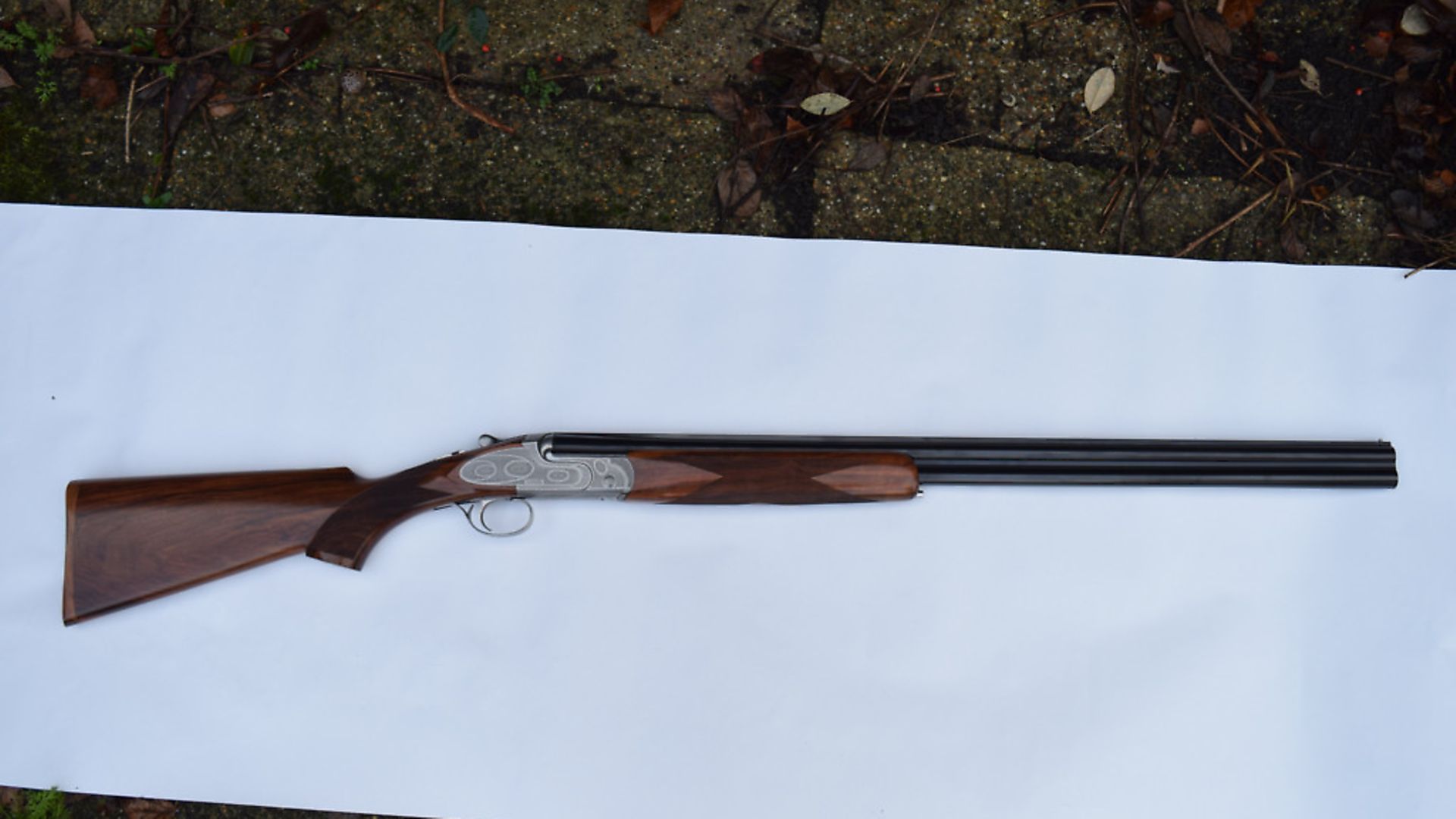 credit: Archant
credit: Archant
I got it from my friend Neville Chapman. Apparently, it was part of a special lot that came through from Anglo-Italian Arms; the model is officially discontinued and this one was the last Neville had. Over a cuppa in his ‘Costa gunshop’ near Colchester he made me an offer that was simply too good to pass on. So, I bought an Essex in Essex.
The gun had 28” barrels, the only slight downside for me, but that was soon rectified by Mike Mansfield of Anglo-Italian who was kind enough to find me an extra pair of 30” tubes with a tapered solid sighting rib – my favourite pattern.
By any standard, the gun looks great – no bling, everything in the best possible classic taste. The brush polished tight rose and scroll engraved action is near my own aesthetic ideal (and copied from London’s finest). Overall, the Essex looks really too good for its money. It’s finished to a high standard and feels solid and willing in the hands.
The barrels are constructed on the usual monobloc system with full-length joining ribs and a solid tapered sighting rib. The tubes themselves are well presented, perfectly straight, with bores a little wider than the norm at 16mm. The chambers are 76mm (3”) and proofed for steel, with Italian fleur-de-lys marks. There are five mid-length multi-chokes.
The Essex comes to the shoulder well, too. Everything is right. The form, the balance, the shapes... I have a theory that the reason the 30” machine-made 20-bore has been a success in recent years is that it shares similar handling to a best London 12 and comes in at a similar weight (just under 7lb). It may even have a slight advantage in pointability. This gun, with an excellent but not too acute pistol stock, only confirmed my opinion. You would be hard pressed to better the shapes or very slightly muzzle forward handling with the longer set of barrels on. The grip and rounded fore-end could not really have been improved upon.
Now for the customising... We are all different, and I needed a bit of extra cast and a little less drop to achieve perfection (out of the box the measurements for drop on this gun were 13/8” and 23/16”, and there was about 1/8” of cast-off at heel). I asked a gunsmith to adjust the stock to the classic shelf dimension of 1½” and 2” and give me an extra 1/8” of cast. I am Mr 5’ 11” average, with quite broad shoulders, and these measurements suit me well. The length of pull needed no adjustment at a sensible 147/8”.
TECHNICAL
The action of the Essex is not revolutionary. It has a single cocking bar amidships and the usual stud pin hinging seen on most over-and-unders, bar Browning and Miroku. Coil springs are used to power the works. The single trigger mechanism is of conventional bob-weight intertia type, and a good sized selector-cum-safety (auto) is placed on top of the conventional thumb-operated top strap safety. The quality of the trigger pulls was surprisingly good for a helical spring design, which usually necessitates compromises with sear angles.
Locking is Browning-inspired as on other Guerinis (and on so many other guns). A full-width flat bolt emerges from the bottom of the action face to engage a slot bite beneath the bottom chamber mouth; it is a well-proven arrangement. In a 12, this can make the action a little high, but in a 20 it creates what I think is an ideal height with perfect spacing between top and bottom straps to achieve a good grip shape with even depth. Very low actions with bifurcated lumps and bolts higher may reduce recoil effects, but can result in a grip which is too narrow forward, especially in a 20.
SHOOTING IMPRESSIONS
I shot my Essex before and after modification with both sets of barrels. Out of the box it shot well with the 28” tubes. But with a set of Guerini’s excellent 30” game barrels as discussed with the solid taper rib thanks to Anglo Italian’s efforts, the gun sings, and all the more so with tweaks to measurements. I actually specified the shelf dimensions when the Guerini guns first appeared in the UK but the stocks seem to have got a little flatter in the intervening years (I note from my recent testing that Brownings and Berettas could also benefit from being a little higher for the average user).
The key problem of a lower comb in a game gun is that the wrong eye may take over when you lift the gun up above the horizontal. It’s easily rectified, and never forget that a little too high is always better than a little too low. Meantime, like all the Guerini 20s I’ve tested in 30” form, this is an outstanding gun for the money. Indeed, regardless of cost, you would be hard pressed to find a better 20-bore OU for the field, and it’s an efficient clay buster too. I shot simultaneous pair after pair on station 4 at skeet. I was soon going for wee bits and dusting them too. I took the Essex to a simulated partridge and pheasant stand and did not fail to connect. It made me happy... but then, I’m a shotgun nut. Happy Christmas! P.S. The moral of this tale is that you don’t have to spend a fortune to acquire a great gun.